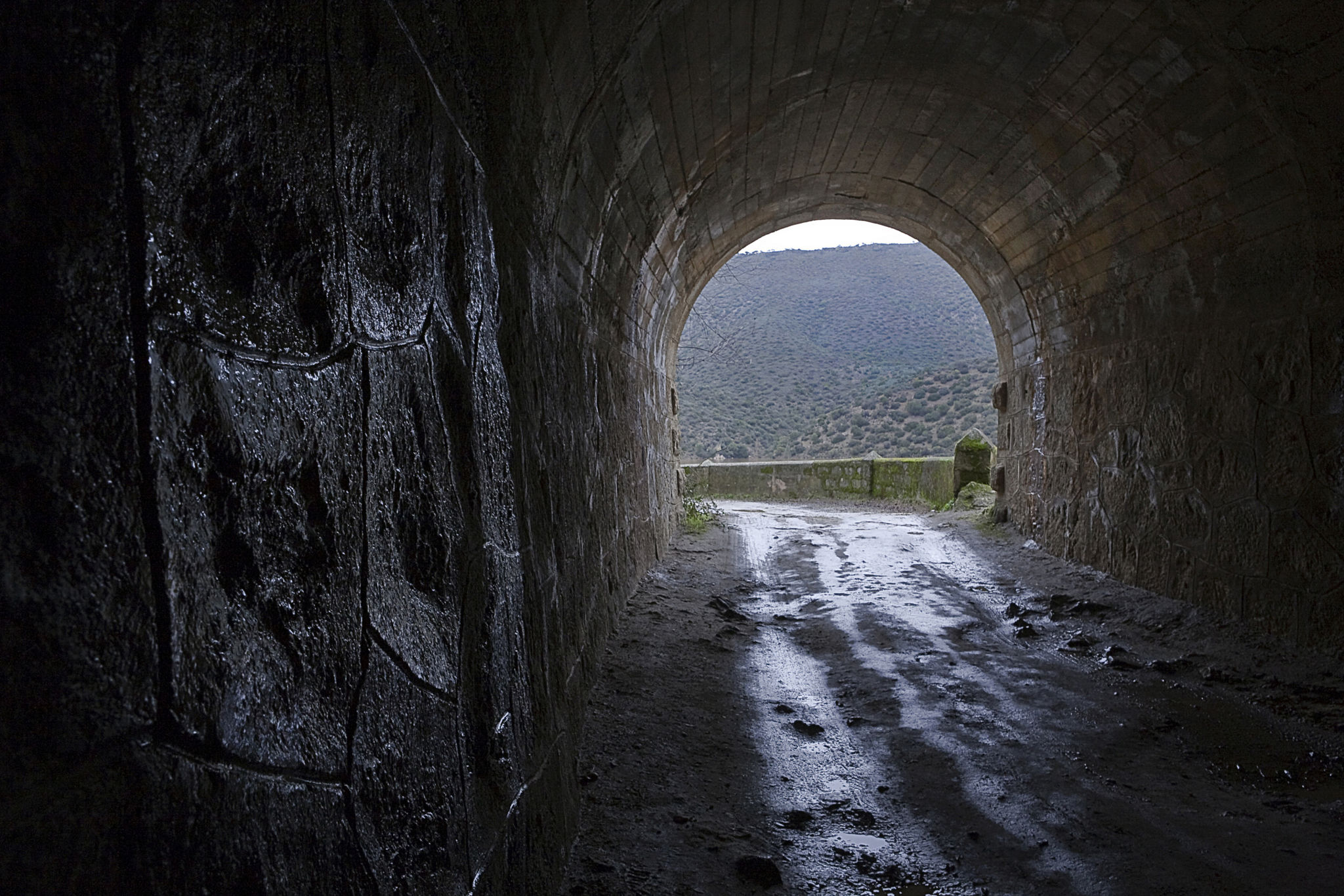Comparing Hydro Excavation with Traditional Digging Methods
Understanding Hydro Excavation
Hydro excavation is a modern, non-destructive digging method that uses high-pressure water to break up soil, which is then vacuumed into a debris tank. This technique is gaining popularity due to its precision and safety. Unlike traditional methods, hydro excavation minimizes the risk of damaging underground utilities and significantly reduces the environmental impact.
The process involves directing a stream of water into the ground to create a slurry. This slurry is then removed using a powerful vacuum, allowing for a clean and controlled excavation. Hydro excavation is particularly beneficial in urban areas where underground utility lines are densely packed.

Traditional Digging Methods
Traditional digging methods typically involve the use of backhoes, excavators, and manual labor to remove soil. While these methods have been used for decades, they come with several drawbacks. One of the primary concerns is the potential for accidental damage to underground utilities, which can lead to costly repairs and dangerous situations.
Additionally, traditional methods can cause significant disruption to the surrounding environment. The large machinery used can damage landscapes and create a mess that requires extensive cleanup. These methods also tend to be less precise, often resulting in over-excavation.
Environmental Impact
Hydro excavation is considered more environmentally friendly compared to traditional digging methods. The precision of hydro excavation reduces the amount of displaced soil, preserving the surrounding area. Moreover, it minimizes dust and noise pollution, making it an ideal choice for projects in populated areas.
On the other hand, traditional digging can lead to soil erosion and habitat disruption. The heavy machinery used in these methods can compact soil, affecting its structure and reducing its ability to support plant life. This can have long-term effects on the local ecosystem.

Safety Considerations
Safety is a paramount concern in any excavation project. Hydro excavation offers a safer alternative by reducing the likelihood of damaging underground utilities such as gas lines and electrical cables. The precise nature of hydro excavation means that operators can work with confidence around sensitive infrastructure.
Traditional digging methods carry a higher risk of accidents due to the use of heavy machinery and manual labor. The potential for hitting underground utilities is greater, posing risks not only to the operators but also to nearby residents and businesses.
Cost Efficiency
While hydro excavation may have higher initial costs compared to traditional methods, it often proves to be more cost-effective in the long run. The reduced risk of utility damage means fewer costly repairs and less downtime during projects. Additionally, the precision of hydro excavation can lead to quicker project completion times.
Traditional digging methods can seem cheaper upfront but may incur hidden costs due to potential damages and extended project timelines. The cleanup required after using heavy machinery can also add to the overall expense.

Conclusion
In conclusion, while both hydro excavation and traditional digging methods have their place in construction and utility work, the choice between them depends on various factors such as project location, environmental considerations, and safety requirements. Hydro excavation stands out for its precision, environmental benefits, and safety advantages, making it an increasingly popular choice in modern excavation projects.
By understanding the differences and benefits of each method, project managers can make informed decisions that align with their specific needs and priorities. As technology advances, the adoption of hydro excavation is likely to continue growing as industries seek more sustainable and efficient solutions.
